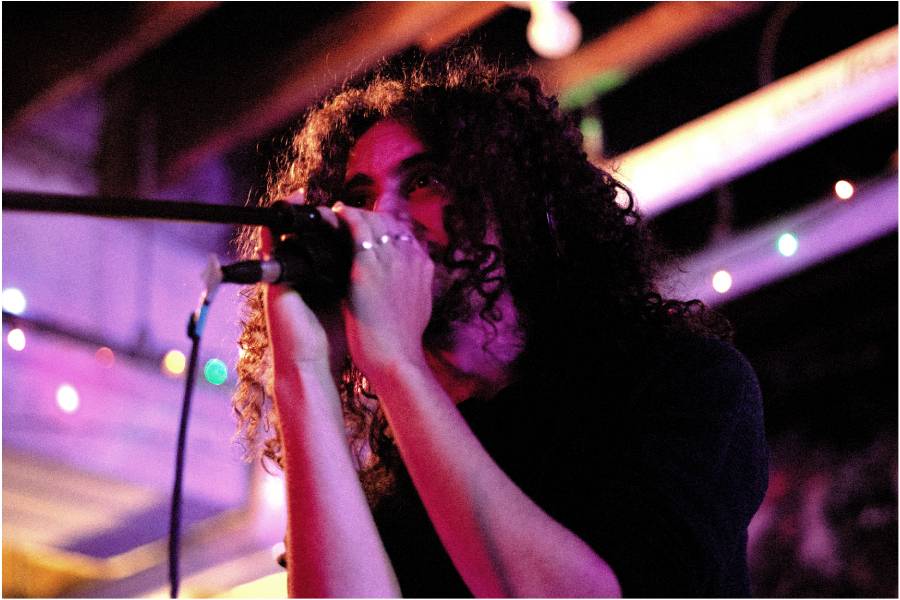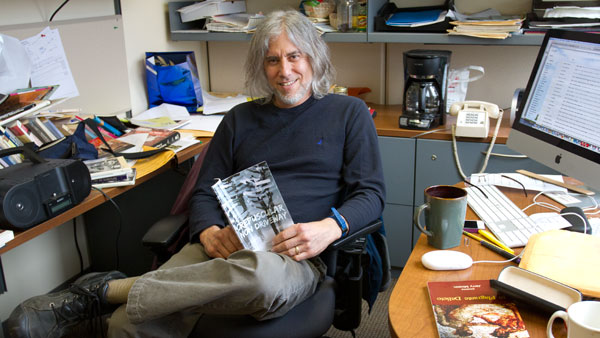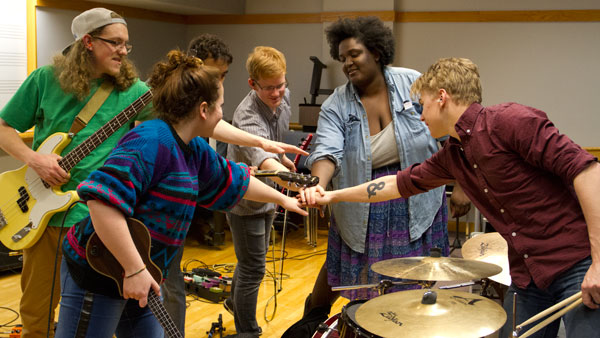Though “Silent House,” a psychological thriller, may have some kinks in its storyline, its experimental shooting and editing has the potential to establish a trend for mockumentary style horror films.
A house renovation turns into a home invasion when a prowler attacks Sarah (Elizabeth Olsen) and her father, John (Adam Trese), while they fix up their summer home after it was left unused and pillaged by squatters.
Directors Chris Kentis and Laura Lau — the former known for the shark movie “Open Water” — craft “Silent House” without any cuts or scene changes. All the action is presented in real time. This camera work represents an evolutionary cousin of the found footage film, allowing the film to be as real as possible.
But this experimental film strategy produces a mixed bag of results. On a positive note, the single cut creates intriguing limitations in time and space. Other horror movies may have perspective jump from shot to shot and cut across seconds and minutes in this fashion. “Silent House,” on the other hand, uses a single cut to trap the audience inside the eerie house in real time with Sarah, whom the camera follows the most throughout the film. One of the best shots proves to be a close-up behind Sarah’s head as she desperately peeks through a hole in the boards covering a window.
While this shooting may offer the benefits of unparalleled realism, it has its drawbacks. During chase scenes, the camera moves and jostles violently to keep up with Sarah. The camera is focused so tightly on the protagonist that it can be difficult to see what it is that scares her before she jumps and runs, which interferes with the viewer’s understanding of the scenes.
During these scenes, Olsen, the kid sister of actresses Mary-Kate and Ashley, proves to be especially expressive when she is struggling to stifle a scream while hiding underneath a table with her hunter standing by.
For a movie that strives for ultra-realism as much as “Silent House” does, its strange forays into the surreal may prove to be a disjointed transition and in conflict with the film’s tone. The film makes a turn away from reality and tangibility. Though this may offer powerfully disturbing imagery when the shift occurs, it comes across as abrupt and completely contradictory to the rest of the film. The film’s plunge into a purely mental heart of darkness conflicts with the vivid
tangibility and realism the film’s camera work strives to portray.
The film’s soundtrack is one of the better ones to come out of a horror film. Nathan Larson, who has composed for dozens of movies since 1997, elegantly blends the soundtrack into the film’s haunting atmosphere. Violin pieces come up so infrequently and quietly that they feel like sounds from the house itself, as if they were trying to disguise themselves as creaking floorboards or other strange
noises an old house would make.
While it may not be seamless in its execution, the experimental cast behind “Silent House” creates a horror film that avoids convention. It is a jarring, heart-pounding film that locks you in and hides the key for an intense 85 minutes.




